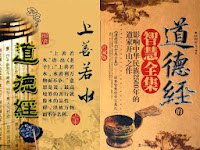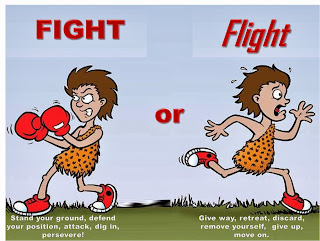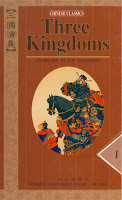 In previous post Leadership and conflict I've explained what conflict is, the types of conflict and how to resolve them as a leader. In this post I would add my additional thoughts on the subject from a different angle of view.
In previous post Leadership and conflict I've explained what conflict is, the types of conflict and how to resolve them as a leader. In this post I would add my additional thoughts on the subject from a different angle of view.Martial arts are mostly thought of as being violent. At the beginning of each enrolment year there come those that want to fight. They see martial arts as a solution to their way of solving conflicts on streets, in bars or other locations. They feel that they will be “equipped” with better tooling and can turn the outcome of the conflict in their favor.
The main question is: “Is that so?”
There are two ways to answer this question that may mislead the answer to just one direction: the direction in which one is able only to fight back.
































